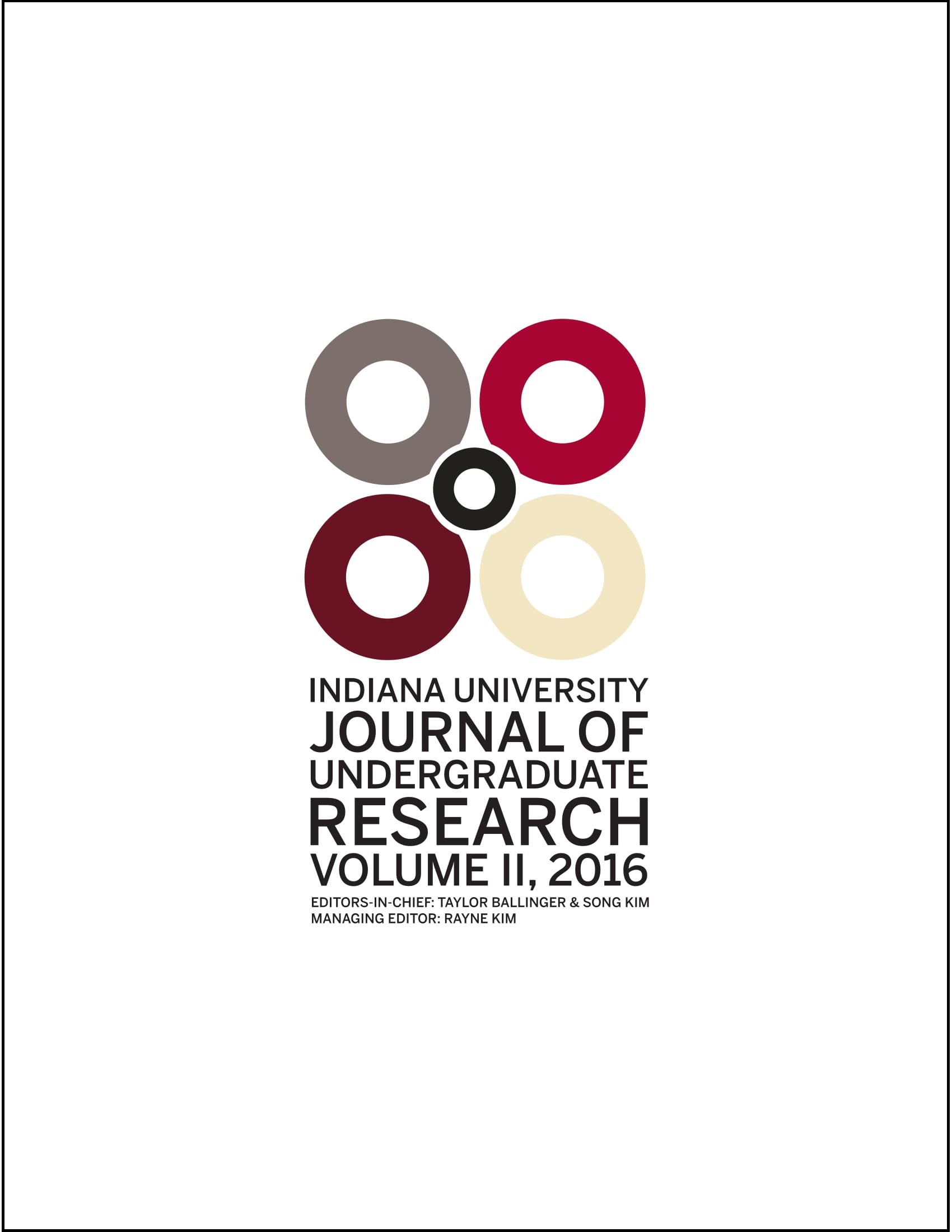Learning About Letters Through Handwriting Practice
Main Article Content
Abstract
The influence of visual-motor experiences with written symbols on pre-reading abilities, such as letter knowledge, have been shown to be facilitatory in both correlational studies on very young children and in experimental studies on older children. However, it is not known whether any fine-motor practice will create this benefit, whether it is specific to writing letters, or whether certain ages would benefit most from handwriting practice. Here, we hypothesized that immature fine-motor skill that produces variable forms may be crucial to the beneficial effects of handwriting training – predicting the younger children would benefit more from the training than older children. Preschool-aged children, ages three to five years, were divided into two experimental groups (letter-writing, digit-writing) in a 2x2x2 design: TIME (pre, post), AGE (younger, older), and CONDITION (letter-writing, digit-writing). Each group received six weeks of training. The letter-writing and digit-writing groups practiced writing letters (A-Z) or single digits (0-9), respectively, four times per week. Before and after the training period, each group received assessments targeting letter knowledge directly. We predicted that the younger age group, compared to the older age group, in the letter-writing condition would score significantly higher on the letter knowledge tasks at post-test than at pre-test and that this effect would not occur in the digit-writing group. Results demonstrated that the younger children did show a significantly greater improvement in letter recognition skills than the older age group, but this effect held for both the letter-and digit- writing groups. These results suggest, therefore, that any fine-motor practice at a young age can facilitate letter knowledge.
Downloads
Article Details
Authors who publish with this journal agree to the following terms:
- Ownership of the copyright shall remain with the Author, subject to IUJUR’s use and the rights granted by the Creative Commons license assigned by the Author. A Creative Commons Attribution-NonCommercial 4.0 International (CC BY-NC 4.0) license will be applied to the published work unless otherwise indicated in the Student Author Contract. The CC BY-NC 4.0 license (https://creativecommons.org/licenses/by-nc/4.0/) lets others remix, tweak, and build upon the published Work non-commercially, and although the new works must also acknowledge the original IUJUR publication and be noncommercial, they don’t have to license their derivative works on the same terms.Authors are able to enter into separate, additional contractual arrangements for the non-exclusive distribution of the journal's published version of the work (e.g., post it to an institutional repository or publish it in a book), with an acknowledgement of its initial publication in this journal.
- Authors are permitted and encouraged to post their work online (e.g., in institutional repositories or on their website) prior to and during the submission process, as it can lead to productive exchanges, as well as earlier and greater citation of published work (See The Effect of Open Access).
References
Bader, L. A. (1983). Bader Reading and Language Inventory. Macmillan.
Beery, K. E., Buktenica, N. A., & Beery, N. A. (2010). The Beery-Buktenica developmental test of visual-motor integration: Administration, Scoring, and Teaching Manual (Eds.). Minneapolis, MN: NSC Pearson.
Dodd, B. (2008). The Preschool and Primary Inventory of Phonological Awareness. London, UK: Psychological.
Gibson, E. P., Gibson, J. J., Pick, A. D., & Osser, H. (1962). A developmental study of the discrimination of letter-like forms. Journal of Comparative and Physiological Psychology, 55(6), 897-906.
Goldstone, R. L. (1994). The role of similarity in categorization: Providing a groundwork. Cognition, 52(2), 125-157.
Goldstone, R. L., Medin, D. L., & Gentner, D. (1991). Relational similarity and the nonindependence of features in similarity judgments. Cognitive Psychology, 23(2), 222-262.

